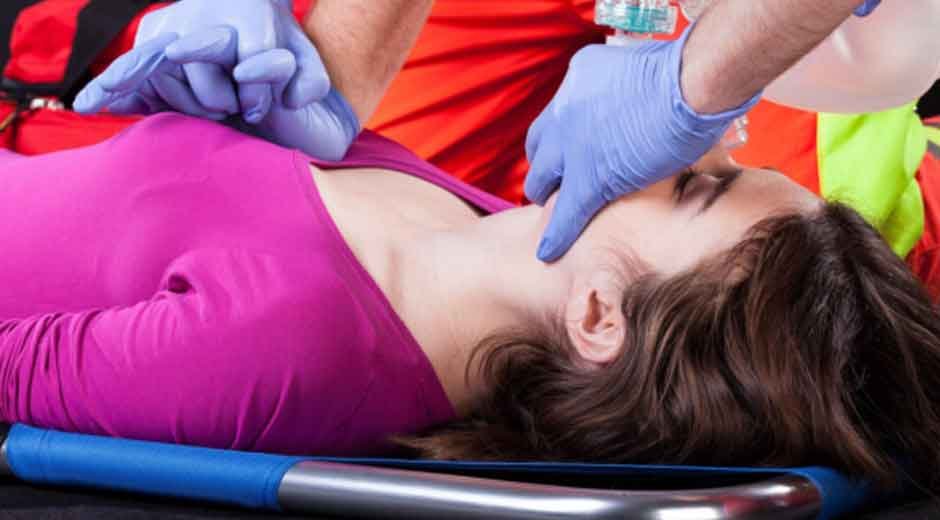Have you ever wondered what to do if someone nearby suddenly stops breathing? Would you know how to respond in those critical first moments?
Basic Life Support (BLS) training can give you the power to save lives in emergencies. But before jumping into the class, knowing how to prepare is just as important.
A little preparation helps boost confidence and understanding. It also makes the learning experience smoother and more enjoyable.
This blog will guide you through everything you need to know to get ready for BLS training and certification. Read on!
Understand What BLS Training Covers
People who take BLS training learn how to help people in life-threatening situations. It teaches people how to do CPR, use an AED, and help someone who is choking.
The course is made for people who work in healthcare, but anyone can take it. Being nervous can be eased by knowing what to expect. This basic information gives you a solid base to work from before you start training.
Choose the Right BLS Provider
Not all training providers offer the same experience. Look for a course that is accredited by the American Heart Association (AHA) or the Red Cross.
Check for positive reviews and testimonials from past students. Make sure the class fits your schedule and offers hands-on practice. Choosing the right provider makes a big difference in your learning experience.
Review Basic Anatomy and Terms
Learning a few key terms before class can help you keep up during lessons. Try to review how the heart and lungs work together to keep the body alive.
Understanding words like “airway,” “compression,” and “circulation” is helpful. Some websites and videos simply explain these topics. This step gives you a head start before entering the classroom.
Wear Comfortable Clothing and Be On Time
Since the training includes physical practice like chest compressions, wear clothes you can move in easily. Arrive at least 15 minutes early to get settled and complete any paperwork.
Being on time shows respect for the instructor and other learners. It also gives you a chance to relax before the training begins. Small things like these can help you feel more prepared and confident.
Bring the Right Materials
Make sure to bring a notebook, pen, and water bottle. Some courses may provide a manual, but it’s good to ask ahead of time.
If allowed, bring snacks to stay focused during breaks. Also, consider bringing hand sanitizer and a face mask for hygiene. Being prepared with the right items keeps distractions to a minimum.
Practice at Home After the Class
Learning doesn’t stop after class is over. Practice the steps you learned using a pillow or dummy at home. Go over the key steps in CPR, especially the rhythm of chest compressions.
Watch videos or review your class manual for extra help. Practicing regularly keeps the skills fresh in your mind. Remember, BLS skills must be ready at any time in case of an emergency.
Stay Ready for BLS Training and Certification
If you study hard for your BLS training and certification, you’ll be ready to help people in an emergency with confidence. Every step is important, from knowing what the course covers to picking the right provider to practicing afterwards.
Simple things like going over anatomy again and being on time can help you learn better. You’re more likely to pass the test and remember how to save lives if you’re ready. Taking this seriously shows that you care about safety and people.
Did you like this guide? Great! Please browse our website for more!










